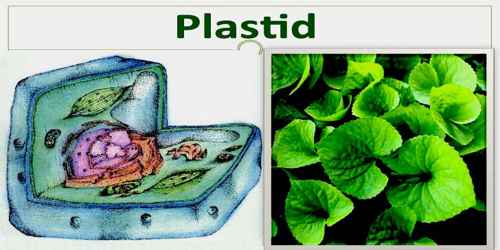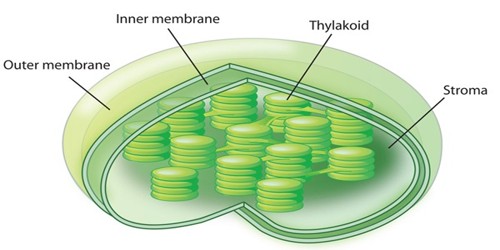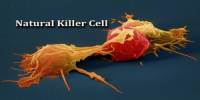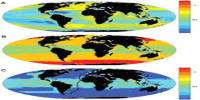Plastid
Definition
Plastid is an organelle found in the cells of plants, green algae, red algae, and certain other protists. Like mitochondria, plastids have an inner and outer membrane, and contain their own DNA and ribosomes. Some plastids, such as the chloroplasts in plant leaves, contain pigments. Plastids are the site of manufacture and storage of important chemical compounds used by the cell. They often contain pigments used in photosynthesis, and the types of pigments present can change or determine the cell’s color.
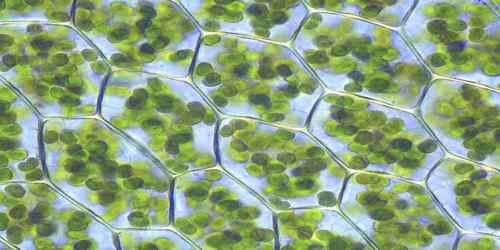
Plastids are double membrane bound organelles found inside plants and some algae, which are primarily responsible for activities related to making and storing food. Many plastids are photosynthetic but some are not.
Some of the most common plastids include:
- Chloroplasts
- Chromoplasts
- Gerontoplasts
- Leucoplasts
Types and Functions of Plastid
Plastids are living and multiply by division of the pre-existing plastids called proplastids. Plastids are responsible for manufacturing and storing of food. These often contain pigments that are used in photosynthesis and different types of pigments that can change the color of the cell.
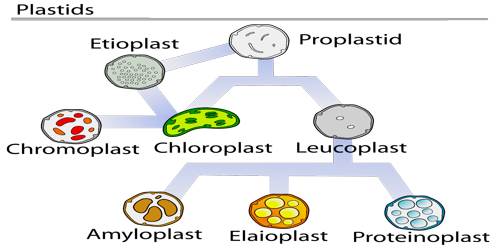
Chloroplasts – Chloroplasts are the most known plastids which are responsible for photosynthesis. These are covered with thylakoids where the process of photosynthesis occurs.
Chromoplasts – It is a name given to an area for all the pigments to be kept and synthesized in the plant. These can be usually found in flowering plants, aging leaves and fruits. Chloroplasts convert into chromoplasts. Chromoplasts are carotenoid pigments that allow different colors that you see in leaves and fruits. The main reason for its structure and the color for attracting pollinators.
Gerontoplasts – These are basically chloroplast that goes with the aging process. Geronoplasts refers to the chloroplasts of the leaves that help the beginning to convert into different other organelles when the leaf is no longer using photosynthesis usually in autumn month.
Leucoplasts – These are the non-pigmented organelles which are colorless. They are usually found in most of the non-photosynthetic parts of the plant like roots. They act as storage sheds for starches, lipids, and proteins depending on the needs of plant. They are mostly used for converting amino acids and fatty acids.
Leucoplasts are further subdivided into three different plastids:
- Amyloplasts
- Proteinoplasts
- Elaioplasts
Amyloplasts are the largest of the three and are charged with storing starch. Then there are the proteinoplasts that help to store the proteins that a plant needs and are typically found in seeds. Finally, the elaioplasts are used to store fats and oils that are needed by the plant, specifically in seeds.
Reference:
